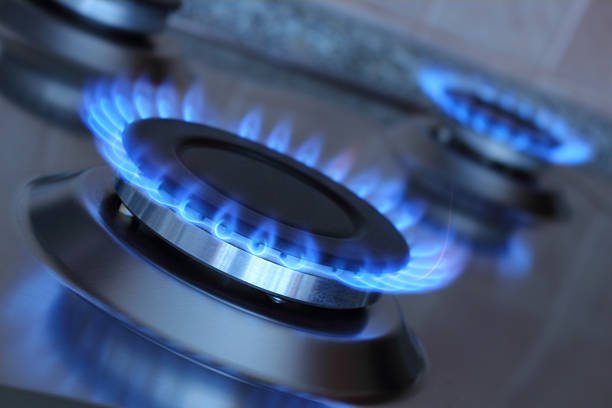The new year is a time of deceptively cold weather. Whilst November and December are often seen as the most abjectly cold months of the year, January, February and March can often have some of the most shocking cold snaps.
This can put strain not only on your heating system, with emergency boiler repairs a possibility for some older boilers, those with faulty components or as a result of frozen pipes, but also lead to increased usage of natural gas to fuel the boiler and thus higher energy bills.
However, even during times when demand for gas is at its highest, there are ways to heat your homes and offices in a way that reduces your usage of gas and thus cuts your expenses during a time when every pound counts more than ever.
Here are some tips for what you can do to maximise the value you get from your heating.
Take Advantage Of Your Heating Controls
By this point, almost every home uses some form of advanced heating controls, which typically includes a programmer, room thermostats and thermostatic radiator valves.
However, a surprising number of people don’t understand how to make the most of their controls, but learning how they work and, more importantly, how they don’t work, is a great way of avoiding extra heating bills.
The biggest tip is to avoid using your thermostats and valves as boosts to get a warmer home quicker, by setting the temperature to manual and to a higher temperature to get it to kick in. That is not how the heating system works and can lead to increased bills and greater strain on the system.
Placement can be important as well; thermostats detect the temperature around them, so if they are placed next to windows or in a place where there isn’t enough airflow to get an accurate reading.
This can mean it activates when the rest of the house is adequately heated or does not activate when it is particularly cold.
Factor In Warm-Up And Cool-Down Times
Water in the heating system will take some time to warm up to the temperature you need and will take a while to ultimately cool down, as long as the system is efficient and there are no other problems to consider.
A good way to test is to wait until a cold night and see how long it takes the heating system to activate and warm the house to a temperature that is right for everyone living in it. It is typically half an hour but varies based on the efficiency of your boiler and the size of the house.
Similarly, seeing how long it takes for the house to get noticeably cold after the heating is turned off completely will showcase the cool-down temperature.
Both can be factored into the scheduling of thermostats and avoid the urge to kickstart the heating and waste energy in the process.
Heat The Person
Small thermostat changes, such as setting the temperature to 18 degrees Celsius rather than 21 can reduce gas use by as much as 30 per cent, which over the course of a year can be a massive saving.
Whilst not every home or every person can be comfortable with the colder temperature, there are a lot of alternate ways to stay warmer whilst less reliant on heating, and they involve making efficient personal heating decisions, particularly if only certain parts of the house need to be warm.
A lot of these methods are quite intuitive, such as wearing an extra layer of clothing, adding extra blankets, using hot water bottles or electric blankets and typically focusing heating on the person rather than the room around them.
It is not always possible, of course, but it can be astonishingly effective.
Invest In Insulation
The majority of homes in Great Britain are not terribly well insulated, and the reason for this is that a lot of housing stock dates back to an era of wood-burning stoves.
When using particularly polluting forms of fuel for fires, homes need to, by necessity, be quite thermally inefficient in order to avoid vast plumes of smoke from asphyxiating everyone in the home, but the consequence of this is that when gas fires and central heating became en vogue, so much heat would be lost through draughts.
Investing in draught-proofing methods, such as filling in the gaps around doors and windows, wrapping foam around pipes in colder areas of your home and installing cavity wall and loft insulation, all will have a profound effect on the heat of your home.
Thermostats will not need to activate as much, the boiler will need to work as hard to reach the optimum temperature, and there might be nights when you do not need it at all when you might have done otherwise.

